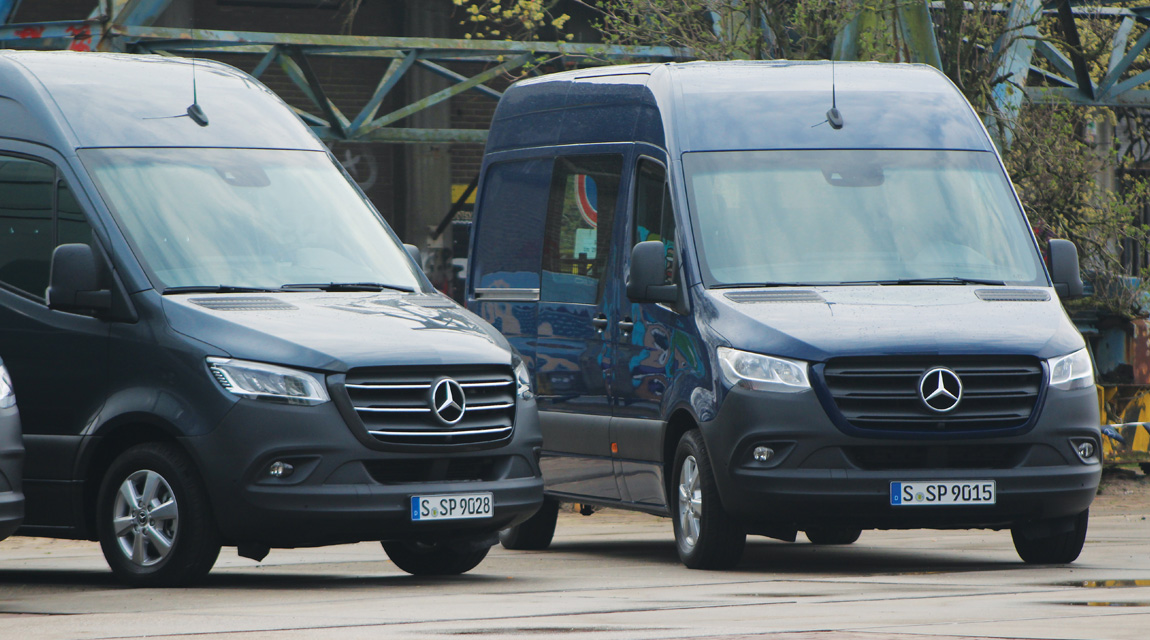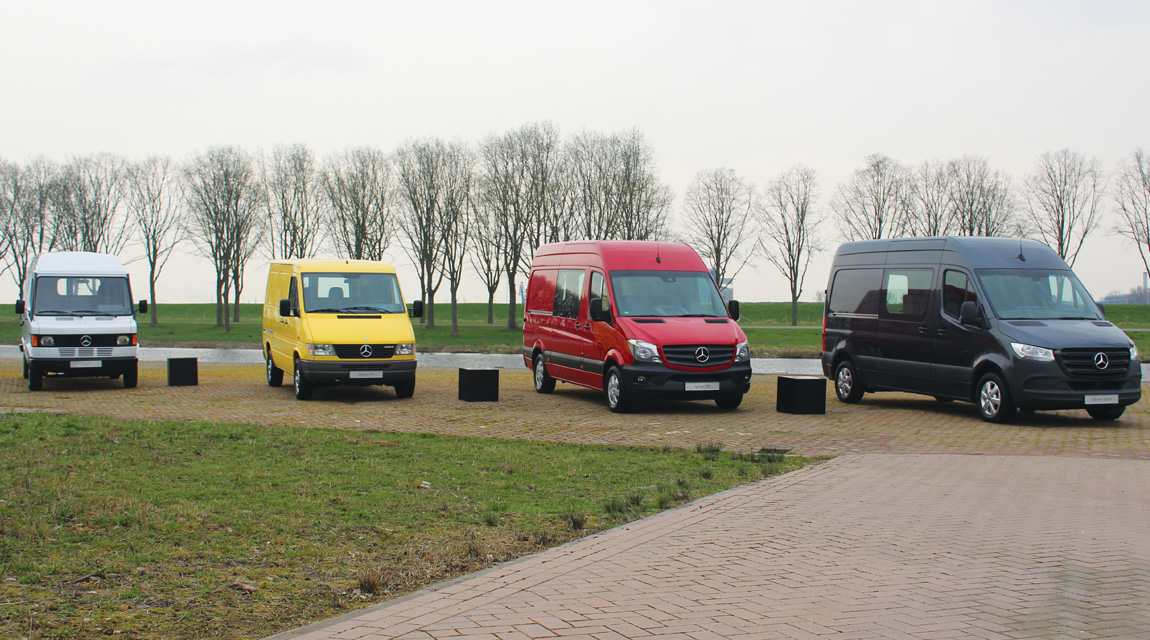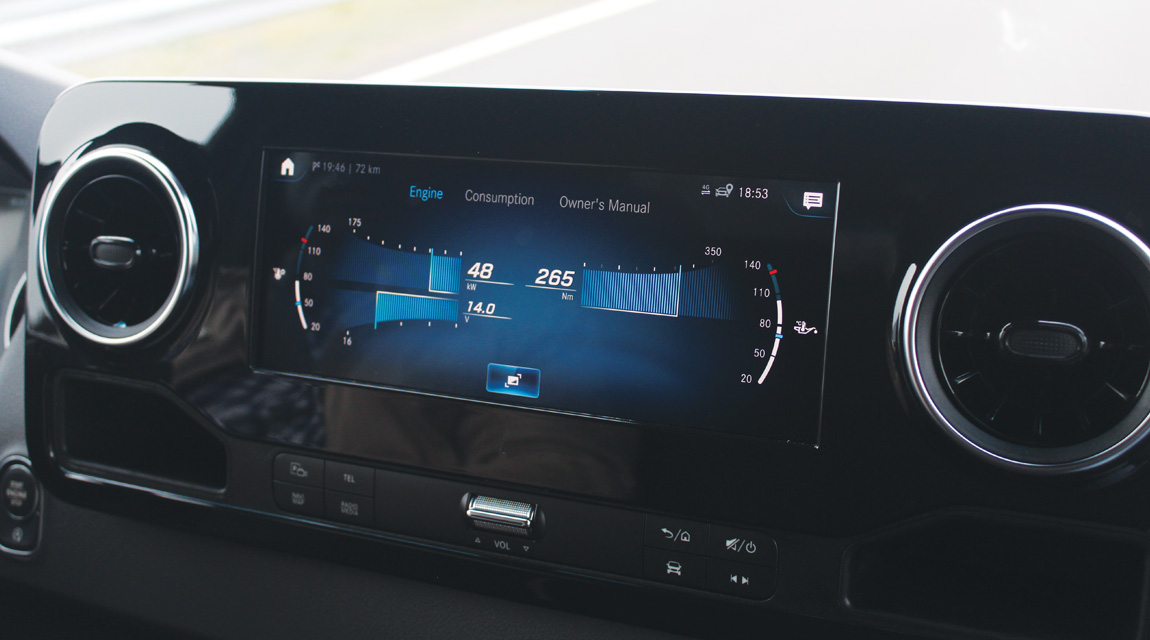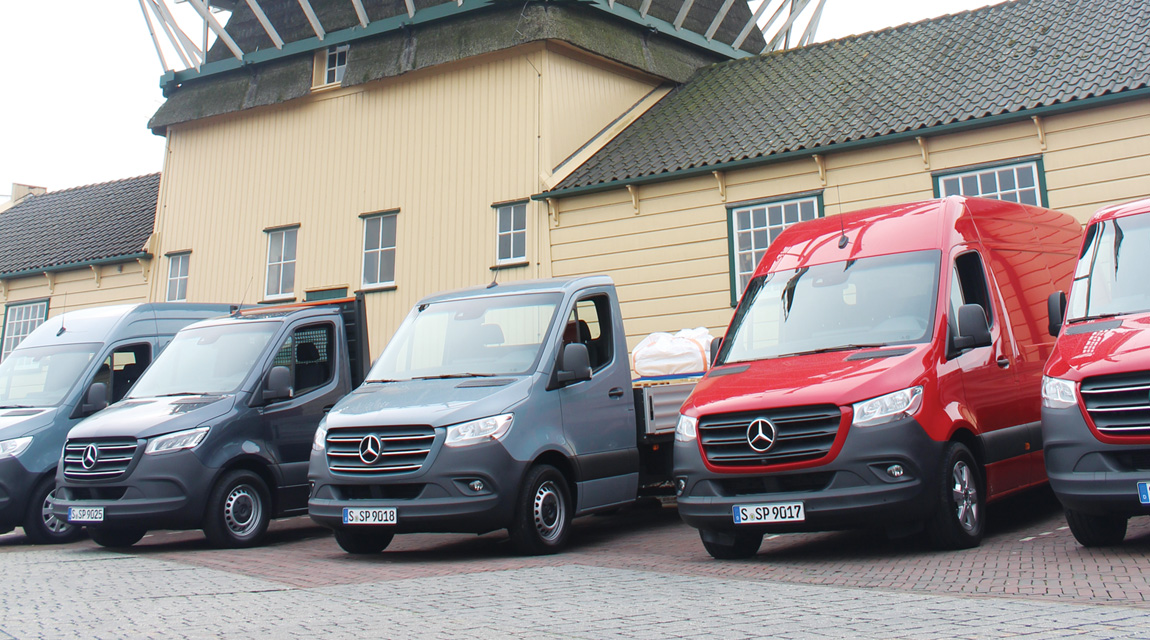All the van you’re likely to need

Not the tulips, canals and amazing architecture, nor the red lights and abundance of coffee shops and nightspots, could compare to the main reason GAVIN MYERS recently visited Amsterdam, The Netherlands … which was to drive the all-new, undeniably impressive, Mercedes-Benz Sprinter.
Of course, we weren’t supposed to be there – but an unforeseen road closure on our set route out of Amsterdam, programmed into the Mercedes-Benz User Experience (MBUX) satnav, had us touring a tiny rural Dutch village in vehicles that were only just small enough to navigate the narrow roads.
While, at the time, the left-hand drive Sprinter felt like an Actros to us South Africans – still trying to fight perspective and muscle memory while recalibrating our brains to drive on the “wrong” side of the road – in hindsight, our now growing convoy actually threaded its way around the village with relative ease. What felt like class-leading visibility, a perfect driving position and light, direct controls contributed to the surprising manoeuvrability.

From there it was a rush to reprogram our satnav for our lunch stop at the university town of Leiden (famous for hosting academics such as Albert Einstein and for having the second-highest number of canals and bridges – to Amsterdam). It must be said, though, that the new route, a busy secondary road that led us to a short stint on the A4 freeway, was dealt with in equal aplomb.
This was thanks, in large part, to both the MBUX system and the vast array of electronic driver-assistance systems fitted to the Sprinter.
MBUX is the new-generation interface for the infotainment systems fitted to Mercedes-Benz vehicles. The Sprinter is only the second vehicle in the range to get it (after the recently launched A-Class hatchback) and, in this application, the system is designed to turn the vehicle into the driver’s virtual assistant.
Need to communicate with the fleet manager? The messaging centre makes this easy – thanks to natural language understanding, the driver can even dictate a message. The central search location could give Google a run for its money; allowing the driver to look up an address, make a call, search the web (it has a Wi-Fi hotspot), or ask for assistance.

The intuitive system can be navigated via the high-quality touchscreen (available in sizes of up to ten inches), voice, or the new-generation, touch-enabled steering wheel – meaning the driver theoretically never has to take his hands off the wheel, or his eyes off the road.
If he did, though, operators would be safe in the knowledge that the Sprinter’s brace of electronic driver-assistance systems will be watching proceedings. Distronic radar-based cruise control, Active Brake Assist, Active Lane Keeping Assist, Crosswind Assist, Traffic Sign Assist and Attention Assist work together to keep everything in check. The optional Parking package with 360° camera and Drive Away Assist helps with manoeuvrability in those tighter spots.
We were then back on the freeway out of Leiden to the port city of Rotterdam for the business presentation – and it was by now clear that the new Sprinter is a great vehicle in which to spend time as both driver and passenger.
In addition to being easy to drive, the interior is ergonomic, well thought out and configurable to your needs, while the seats are super supportive and comfortable – as is the ride refinement, which totally belies the Sprinter’s utilitarian roots.

What about the abilities that really count – when the van needs to be loaded up and put to work?
Here it shows even greater versatility, with 1 700 variants made possible by its modular architecture. It can cater for almost any transportation need, thanks to the six bodies (panel van, passenger van, passenger bus, single and double chassis cabs, as well as a tractor head for the camper-van market), four body lengths and three load-compartment heights…
Mercedes-Benz is offering a selection of front, rear or all-wheel drive, as well as six-speed manual and seven- and nine-speed automatic gearboxes. There’s even a petrol engine for the North American market and a V6 turbodiesel for good measure – although South Africa’s options will be limited to the Euro-3 version of the OM651 four-cylinder turbodiesel.

This engine produces 110 kW/340 Nm, or 84 kW/240 Nm, and is available only with the rear-wheel-drive chassis. It is a pity that we will be limited to the Euro-3 engine, because the front-wheel-drive chassis offer a 50-kg higher payload. Still, with maximum payloads ranging from 3 150 to 5 500 kg, there’s plenty of capacity.
Then there are the many clever, functional design elements: the load sill has been lowered by 80 mm and there is cladding around the wheel arches so that they, too, can be loaded; making maximum use of all surfaces. Team Sprinter really did think of everything, as Ulf Zillig, head of Mercedes-Benz Sprinter project, would attest in Rotterdam.
“The Sprinter has to be a Jack of all trades and provide solutions for all challenges. We put ourselves into our customers’ shoes during development and asked: what does a van have to offer to add value? All vans operate in bigger cities with dense traffic. The internet is making things happen faster. Supply chains are changing. Employees need to work more efficiently…
“Added value for our customers is the bottom line of Sprinter. It’s a tailor-made, total business solution,” he said.
I’m sure even the locals of that little rural Dutch village would agree, bemused at watching a bunch of poorly coordinated South Africans navigate their way around… I know I do.
Published by
Focus on Transport
focusmagsa




